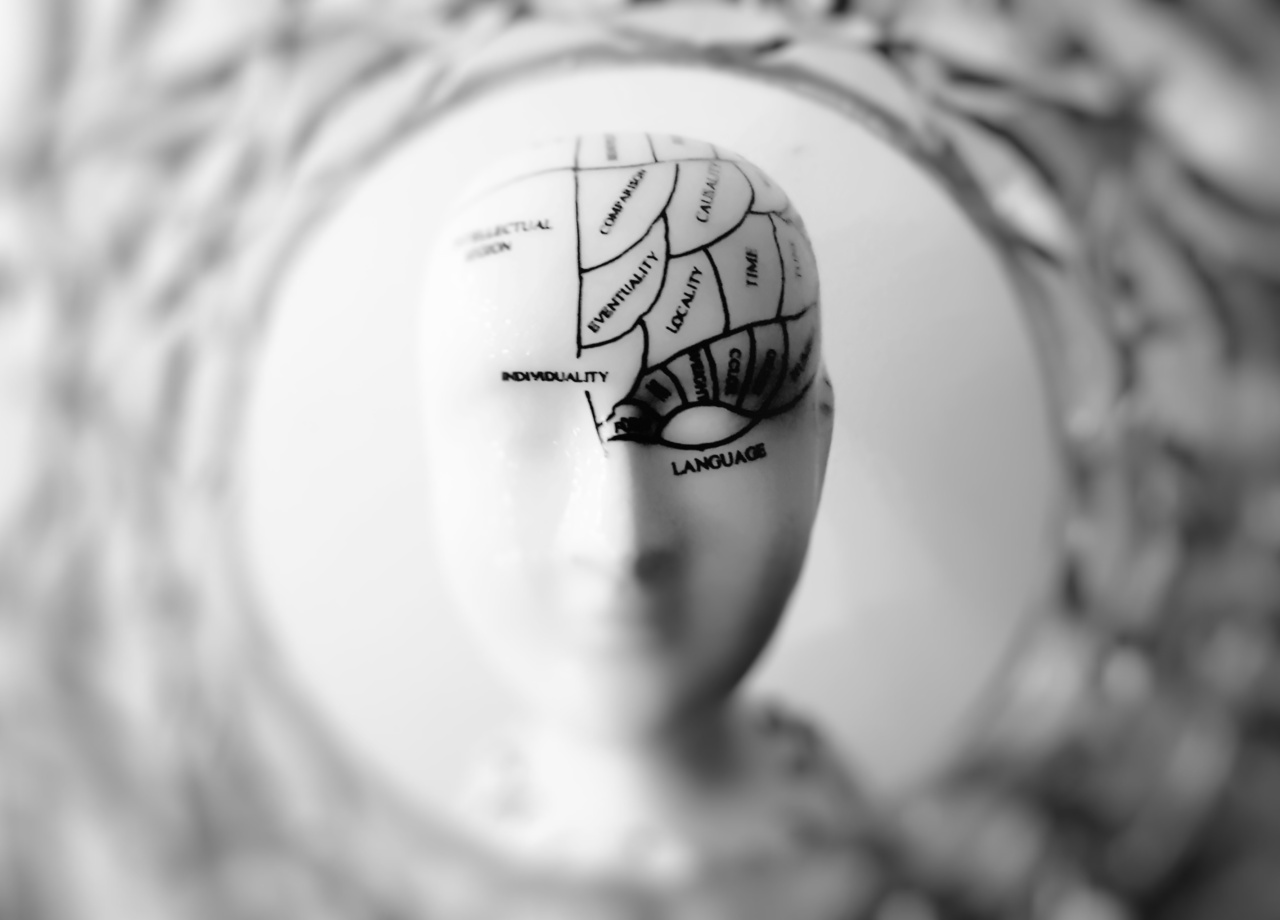Compulsive disorder, also known as obsessive-compulsive disorder (OCD), is a mental health disorder characterized by uncontrollable, recurring thoughts and behaviors.
It affects millions of people worldwide and can significantly impair daily functioning and quality of life. While there are various treatment options available, recent research has shown promising results in using electrical stimulation of the brain as a potential therapy for combating compulsive disorder.
Understanding Compulsive Disorder
Compulsive disorder is a chronic condition that can manifest in different ways for different individuals.
Common symptoms include repetitive thoughts (obsessions) and repetitive behaviors (compulsions) that a person feels compelled to perform to alleviate anxiety and distress. These symptoms can range from excessive handwashing and cleanliness rituals to consistent counting or checking behaviors.
The exact cause of compulsive disorder is unknown, but it is believed to involve a combination of genetic, environmental, and neurological factors.
Current Treatment Options
Currently, the standard treatment for compulsive disorder involves a combination of medication, such as selective serotonin reuptake inhibitors (SSRIs), and psychotherapy, particularly cognitive-behavioral therapy (CBT).
While these approaches have shown effectiveness in managing symptoms for many individuals, some people do not respond adequately to these treatments or experience significant side effects from medications.
The Rise of Brain Stimulation Therapy
In recent years, there has been growing interest in using brain stimulation techniques as an alternative or adjunct therapy for compulsive disorder.
One such technique is known as transcranial magnetic stimulation (TMS), which involves the use of magnetic fields to stimulate specific regions of the brain associated with OCD symptoms. Another approach is deep brain stimulation (DBS), which requires surgical implantation of electrodes in the brain to deliver electrical impulses.
Transcranial Magnetic Stimulation (TMS)
TMS is a non-invasive procedure that can be conducted in an outpatient setting. During a TMS session, a magnetic coil is placed on the scalp over the prefrontal cortex, a brain region involved in decision-making and emotional regulation.
The coil delivers magnetic pulses that stimulate the underlying brain cells, modulating their activity. By targeting the prefrontal cortex, TMS aims to normalize the abnormal brain activity observed in individuals with compulsive disorder.
Evidence and Efficacy of TMS
Several studies have investigated the efficacy of TMS in treating compulsive disorder. A randomized controlled trial published in JAMA Psychiatry found that TMS was significantly more effective than a placebo in reducing OCD symptoms.
Another study published in Biological Psychiatry demonstrated that TMS produced significant improvements in patients who had not responded to previous medication and therapy.
Deep Brain Stimulation (DBS)
DBS involves the surgical implantation of electrodes in specific brain regions, primarily the subthalamic nucleus or the nucleus accumbens.
These electrodes are connected to a neurostimulator device that delivers controlled electrical impulses to modulate the activity of the targeted brain circuits. While the exact mechanisms by which DBS alleviates OCD symptoms remain unknown, it is believed to normalize the dysfunctional brain networks associated with compulsive disorder.
Evidence and Efficacy of DBS
Numerous studies have documented the positive effects of DBS in treating compulsive disorder. A study published in the New England Journal of Medicine showed that DBS led to significant symptom reduction in a cohort of patients with severe OCD.
In another study, published in JAMA Neurology, researchers reported sustained improvements in OCD symptoms even after five years of continuous DBS treatment. Despite these successes, DBS is considered a surgical intervention and carries some risks associated with invasive procedures.
Potential Benefits of Brain Stimulation
The use of brain stimulation techniques for compulsive disorder offers several potential benefits. Firstly, it may provide an option for individuals who do not respond to traditional treatment approaches.
Additionally, brain stimulation techniques are considered well-tolerated, with minimal side effects compared to medications. They also offer a non-pharmacological alternative for those who prefer not to rely on long-term medication use.
Moreover, brain stimulation therapies can be individually targeted, allowing for personalized treatment plans based on the specific brain regions implicated in a person’s compulsive disorder.
Considerations and Future Directions
While electrical stimulation of the brain shows promise in combating compulsive disorder, there are still areas that require further investigation.
One challenge is identifying the optimal stimulation parameters and targeting specific brain regions to maximize therapeutic effects. Additionally, the long-term efficacy and safety of brain stimulation therapies need to be evaluated through large-scale, long-term studies.
The Role of Electrical Stimulation in Mental Health
Electrical stimulation of the brain is not limited to compulsive disorder but has also shown potential for other mental health conditions, such as major depressive disorder and bipolar disorder.
Continued research in this field may uncover additional applications and expand the treatment options available for individuals living with mental health disorders.
Conclusion
Electrical stimulation of the brain, specifically through techniques like transcranial magnetic stimulation and deep brain stimulation, is proving to be a valuable therapy for combating compulsive disorder.
These non-invasive or minimally invasive approaches offer new possibilities for individuals who do not respond to standard treatments or experience severe side effects. As research in this field advances, electrical stimulation may become a mainstream treatment option, providing hope for those affected by compulsive disorder.































